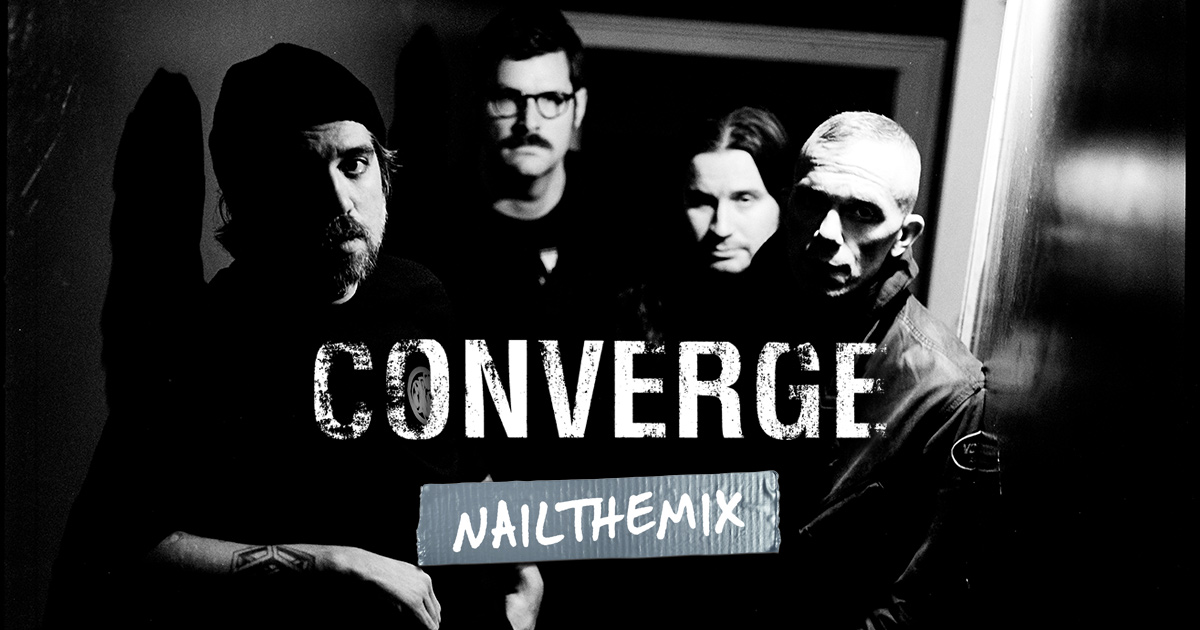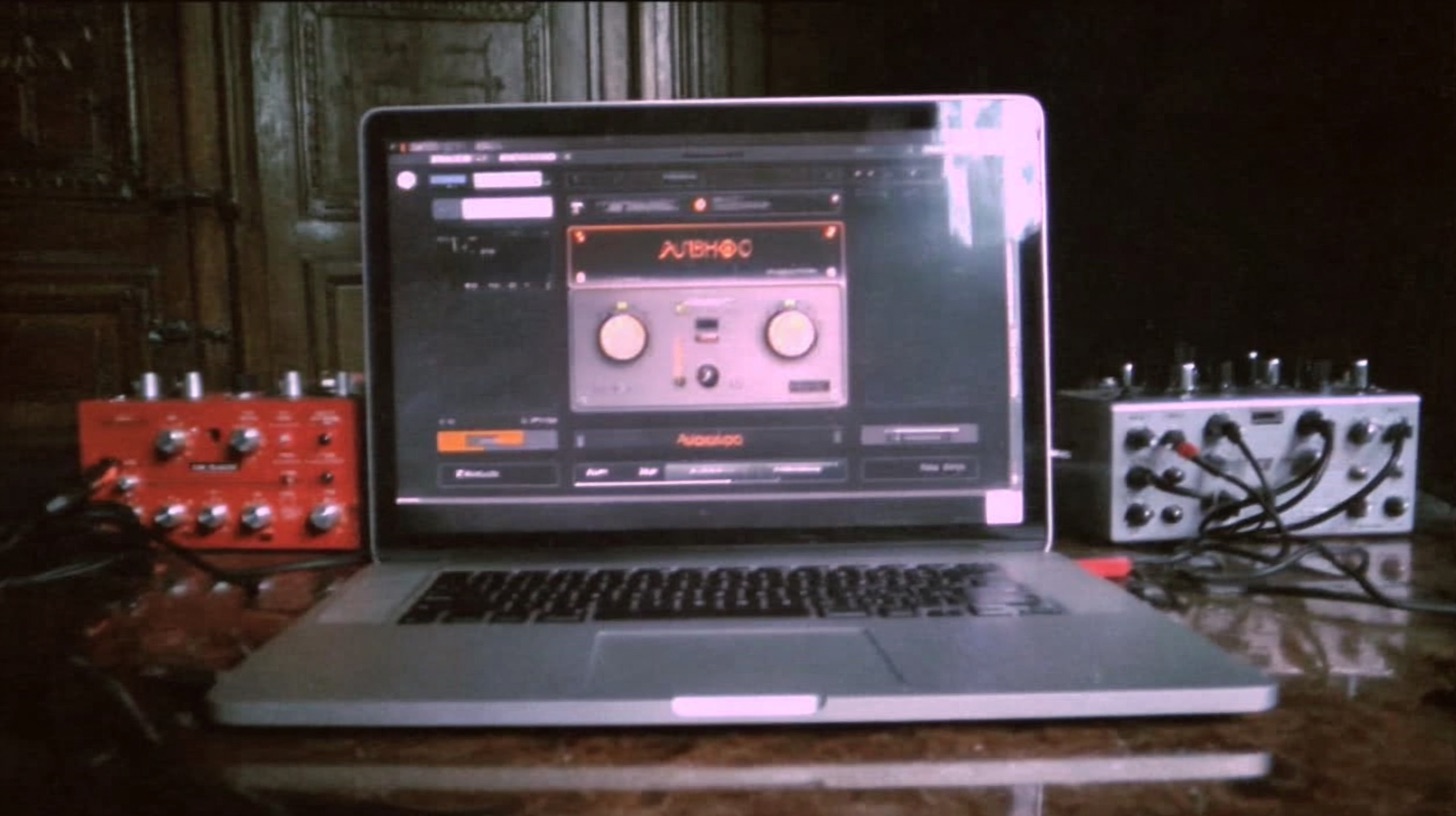
Learn How to Mix and Master Music: 5 Tips for Metalheads
Nail The Mix Staff
It has literally never been a better time to be a metal musician.
Forget the old days of needing a massive studio budget and a record label gatekeeper to let you in. Thanks to the internet, affordable gear, and an insane amount of available knowledge, the power is in your hands. You can write, record, and produce a world-class metal track from your bedroom.
But there’s a catch. With great power comes the need for great skill. The bar for musicianship and production quality is higher than ever. You’re no longer competing with just the bands in your town; you’re competing with everyone on Spotify.
That can feel intimidating, but it shouldn't. It just means you need to level up your game. If you want to learn how to mix and master music that can stand up to your favorite records, you’re in the right place. From in-the-box mastering chains to fundamental mixing techniques, let’s dive into five practical tips to get your mixes sounding brutal and professional.
1. Embrace Modern Tools (And Ditch the "Natural" Myth)
One of the biggest hang-ups for aspiring producers is the fear of modern production techniques. You’ll hear people complain about "over-produced" music, sample replacement, and vocal tuning, all while referencing records that are packed with those exact things.
Here's the truth: your heroes are using this tech. That "natural" drum sound you love on that new deathcore record? It’s likely layered with samples from Toontrack's Superior Drummer 3 or GGD. Those perfectly tight, machine-gun kick drums? They might have been performed on a kick pad to ensure a clean signal, free of cymbal bleed.
If you don't embrace the tools, you're going to get left behind.
H3: Smart Drum Replacement
Instead of thinking of samples as "cheating," think of them as reinforcement. Blending a kick sample from a library like the GGD Matt Halpern pack underneath your real kick can add the consistent low-end punch that's nearly impossible to capture with mics alone. Use a plugin like Slate Trigger 2 to place the sample perfectly in time with your original performance. Learning a few killer drum sample replacement techniques frees you up to focus on the character of the overheads and the crack of the real snare.
H3: Amp Sims & Profilers are Your Friend
The days of needing a wall of amps and a perfectly treated live room are over. Tools like the Kemper Profiling Amp, Fractal Audio Axe-Fx, and plugins from Neural DSP have revolutionized guitar recording. The ability to pull up a perfectly dialed-in tone from a Nolly Archetype or a Fortin Cali Suite profile means you can get right to tracking without spending hours moving a Shure SM57 a millimeter at a time. It also means perfect consistency for re-amping or tracking guitars weeks apart.
2. Get Surgical with Your EQ
EQ is the scalpel of your mix, and in metal, you need to be precise. Just "scooping the mids" isn't enough to create clarity and power in a dense mix full of down-tuned guitars and blast beats. You need to think about carving space for each instrument to live.
This is where you can start to really define your sound and move beyond basic presets. For a deeper dive into equalization techniques, check out our complete guide on how to EQ metal guitar.
H3: The All-Powerful High-Pass Filter (HPF)
This is the single most important EQ move you can make. The high-pass filter is your best weapon against low-end rumble and mud that will kill the clarity of your mix. Apply a high-pass filter to everything that doesn't need to live in the sub-bass frequencies.
- Guitars: Start with an HPF around 80-120Hz. You'll be surprised how much tighter they sound without that low-end mud fighting the bass and kick.
- Vocals: An HPF up to 100-150Hz can clean up plosives and rumble.
- Cymbals/Overheads: Filtering up to 300-400Hz can remove ugly kick and snare bleed, letting the cymbals shine.
H3: Cut the Fizz, Keep the Bite
Distorted guitars often have a harsh, "fizzy" high-end that can be fatiguing to listen to. Instead of a broad treble cut that dulls the tone, use a parametric EQ like the FabFilter Pro-Q 3 with a narrow Q (bandwidth). Sweep around in the 5kHz-10kHz range to find the most offensive, static-like frequency and surgically notch it out. This cleans up the harshness without sacrificing the aggressive attack of the guitar.
3. Understand Compression for Punch, Not Just Volume
In metal mixing, compression is more than a tool for controlling dynamics; it's a creative tool for shaping tone and adding aggression. Different compressors have different characters, and knowing how to use them is key to a powerful mix. If you feel like your mixes lack impact, mastering compression is your next step. Get started by learning the basics of compression for rock and metal.
H3: Shaping Your Snare
A great metal snare needs both a sharp crack and a powerful body. You can achieve this with serial compression.
- First Compressor (for Crack): Use an 1176-style FET compressor (like the Arturia Comp FET-76). Set a very fast attack and fast release. This will clamp down on the initial transient and let the "crack" pop through.
- Second Compressor (for Body): Follow it with a VCA-style compressor (like the Waves SSL G-Master Buss Compressor) with a slower attack and medium release. This will bring up the sustain and body of the snare hit.
H3: Gluing the Mix Bus
A touch of compression on your main mix bus can help "glue" all the elements together. Use a high-quality VCA compressor with a low ratio (2:1), a slow attack (around 30ms), and a fast release. Aim for just 1-2dB of gain reduction on the loudest parts. This will tighten up the low end and make the whole mix feel more cohesive without squashing the life out of it.
4. Master the Low End: The Kick and Bass Relationship
A muddy, undefined low end is the hallmark of an amateur mix. Balancing the kick drum and bass is the key, as they are constantly fighting for the same sonic space. Your job is to make them work together like a well-oiled machine.
H3: The Power of Sidechain Compression
This is the classic technique for creating space. Send a signal from your kick drum to the sidechain input of a compressor on your bass track. Now, every time the kick hits, the bass volume ducks for a split second, creating a pocket for the kick transient to cut through. For even more control, use a multi-band compressor (like FabFilter Pro-MB) to only duck the specific low-end frequencies where the kick and bass clash (e.g., 60-120Hz).
H3: Give Bass Its Own Voice with Distortion
How does that gnarly bass tone on a Periphery track cut through seven-string guitars? Harmonics. A clean bass tone is all low-end, but running it through a distortion plugin like the Neural DSP Parallax or a SansAmp emulation creates upper-mid harmonics. These harmonics allow the bass to be heard on smaller speakers and cut through the wall of guitars, even when the fundamental low notes are being masked.

100+ Insanely Detailed Mixing Tutorials
We leave absolutely nothing out, showing you every single step
5. Learn Directly From the Pros Who Made Your Favorite Records
You can spend years trying to reverse-engineer the sounds you love, or you can go straight to the source. The single biggest advantage you have as a modern producer is access to education. The secrets are no longer secret.
Instead of fighting imposter syndrome by guessing, you can see exactly how the pros do it. Watching a world-class producer like Will Putney or Jens Bogren mix a track from scratch demystifies the process. You'll see they use the same tools you do—Pro Tools, FabFilter plugins, Slate compressors—they just know how and why to use them with masterful precision.
That’s the entire philosophy behind Nail The Mix. We give you the actual multitracks from massive bands like Gojira, Lamb of God, and Knocked Loose and let you watch the original producer mix the song from start to finish, explaining every single decision. It's the ultimate shortcut to leveling up your skills.
If you’re ready to stop guessing and start learning the exact workflows behind pro-level metal mixes, it’s time to see what you can achieve when you unlock your sound and mix modern metal beyond presets.
The tools are here. The knowledge is accessible. The only thing holding you back is putting in the work. So fire up your DAW, try these techniques, and start making the music you've always wanted to create.
Get a new set of multi-tracks every month from a world-class artist, a livestream with the producer who mixed it, 100+ tutorials, our exclusive plugins and more
Get Started for $1





